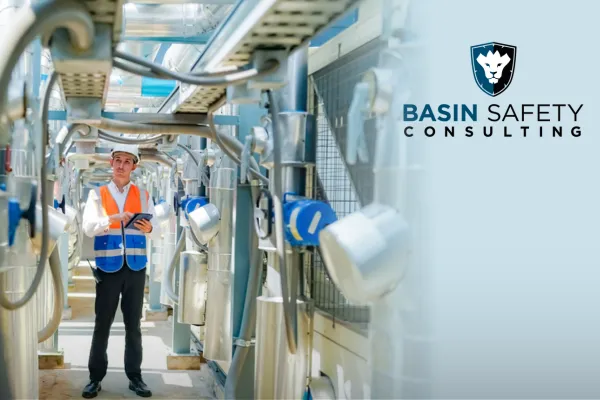
Real-Time Compliance Monitoring on Site
Learn how real-time compliance monitoring improves safety, reduces risk, and helps maintain OSHA compliance directly on your job site.
Implementing Real-Time Compliance Monitoring on Site
Introduction
Worksite safety and compliance are no longer just about periodic inspections — they’re about continuous visibility. Real-time compliance monitoring systems are transforming how companies maintain OSHA compliance, manage risks, and protect workers.
By integrating digital monitoring tools and smart sensors, safety teams can identify potential violations before they become costly incidents.
Let’s explore how real-time monitoring can strengthen your organization’s safety culture and compliance performance.
What Is Real-Time Compliance Monitoring?
Real-time compliance monitoring involves using connected systems to automatically track safety activities, worker behavior, and environmental conditions as they happen.
These systems can:
Detect non-compliance instantly (like missing PPE or unsafe conditions)
Send alerts to supervisors in real time
Record data for reporting and audits
Integrate with incident management and training systems
By automating compliance checks, companies can reduce manual reporting and respond faster to risks.
Key Benefits of Real-Time Monitoring on Site
1. Enhanced OSHA Compliance
Automated alerts and documentation ensure your site meets OSHA safety standards without constant manual inspections.
2. Reduced Human Error
Smart systems identify gaps that even trained eyes might miss — ensuring accurate safety tracking every day.
3. Faster Response to Safety Risks
When an issue arises, supervisors are notified immediately, allowing them to act before injuries or violations occur.
4. Data-Driven Safety Decisions
Collected data provides insight into recurring hazards, training needs, and equipment issues, helping leaders make informed decisions.
How to Implement Real-Time Compliance Monitoring
1. Conduct a Safety Tech Assessment
Identify which compliance processes can be digitized — such as inspections, PPE checks, or permit tracking.
2. Choose the Right Monitoring Platform
Look for software that integrates with your existing safety management system (SMS) and offers:
Live dashboards
Automated alerts
Audit trail generation
Mobile access for field teams
3. Train Your Workforce
Ensure employees understand how to use new tools and recognize alerts. Pair rollout with a refresher safety training to boost adoption.
4. Review and Optimize
Use collected data to update safety protocols, track trends, and demonstrate compliance during OSHA audits.
Real-Time Monitoring in Action
Industries like construction, oil and gas, and manufacturing already use this technology to track compliance at multiple worksites.
For example:
Construction companies monitor fall protection gear use via wearables.
Oilfield operators use sensors to detect gas leaks or temperature spikes.
Manufacturing facilities track equipment lockout/tagout compliance in real time.
This continuous approach reduces downtime, improves worker safety, and enhances accountability across all levels.
Safety Starts with Visibility
In today’s fast-paced worksites, real-time compliance monitoring is no longer optional — it’s essential. By investing in connected systems, employers can stay OSHA-compliant, protect workers, and create a proactive safety culture.
Stay ahead of compliance issues before they happen.
👉 Contact Basin Safety today to learn how real-time monitoring and training solutions can help your team stay safe and compliant.
